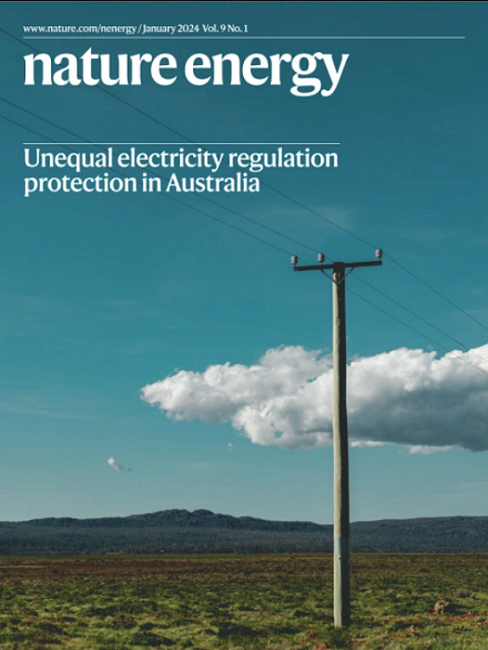Potential for small and micro modular reactors to electrify developing regions
IF 60.1
1区 材料科学
Q1 ENERGY & FUELS
引用次数: 0
Abstract
While small-scale nuclear power is typically thought of for niche markets, recent work has suggested that it could help address the massive gaps in energy access in developing countries. However, nuclear energy has safety, governance and economic considerations that affect its deployment. Here we present a global analysis of regions suitable for nuclear reactor deployment based on physical siting criteria, security, governance and economic competitiveness. We use high-resolution population and satellite night-time light data to identify areas in need of electricity. We show that, technically, reactors in the 1–50 MWe range could serve 70.9% of this population. However, economics alone would make microreactors uncompetitive compared with renewables and energy storage for 87% of this population. Grid extensions and small modular nuclear reactors (with more competitive economics) could electrify these populations, but governance issues could limit deployment for all but 20% of this population. Together, governance and economics eliminate 95% of the potential market for microreactors. A new study assesses global small-scale nuclear power reactor deployment suitability, finding that reactors in the 1–50 MWe range could serve 70.9% of the population living in regions without night-time light. However, governance and economic issues eliminate 95% of the potential market.


小型和微型模块化反应堆实现发展中地区电气化的潜力
虽然小型核电通常被认为是利基市场,但最近的工作表明,它可以帮助解决发展中国家在能源获取方面的巨大差距。然而,核能在安全、治理和经济方面的考虑会影响其部署。在此,我们根据实际选址标准、安全性、治理和经济竞争力,对适合部署核反应堆的地区进行了全球分析。我们利用高分辨率的人口和卫星夜光数据来确定需要电力的地区。我们的研究表明,从技术上讲,1-50 MWe 范围内的反应堆可以为 70.9% 的人口提供服务。然而,与可再生能源和储能相比,微型反应堆仅在经济方面就无法满足 87% 人口的需求。电网延伸和小型模块化核反应堆(具有更强的经济竞争力)可以使这些人口电气化,但治理问题可能会限制除 20% 人口以外的所有人口的部署。管理和经济问题加在一起,消除了微型反应堆 95% 的潜在市场。
本文章由计算机程序翻译,如有差异,请以英文原文为准。
求助全文
约1分钟内获得全文
求助全文
来源期刊

Nature Energy
Energy-Energy Engineering and Power Technology
CiteScore
75.10
自引率
1.10%
发文量
193
期刊介绍:
Nature Energy is a monthly, online-only journal committed to showcasing the most impactful research on energy, covering everything from its generation and distribution to the societal implications of energy technologies and policies.
With a focus on exploring all facets of the ongoing energy discourse, Nature Energy delves into topics such as energy generation, storage, distribution, management, and the societal impacts of energy technologies and policies. Emphasizing studies that push the boundaries of knowledge and contribute to the development of next-generation solutions, the journal serves as a platform for the exchange of ideas among stakeholders at the forefront of the energy sector.
Maintaining the hallmark standards of the Nature brand, Nature Energy boasts a dedicated team of professional editors, a rigorous peer-review process, meticulous copy-editing and production, rapid publication times, and editorial independence.
In addition to original research articles, Nature Energy also publishes a range of content types, including Comments, Perspectives, Reviews, News & Views, Features, and Correspondence, covering a diverse array of disciplines relevant to the field of energy.
 求助内容:
求助内容: 应助结果提醒方式:
应助结果提醒方式:


